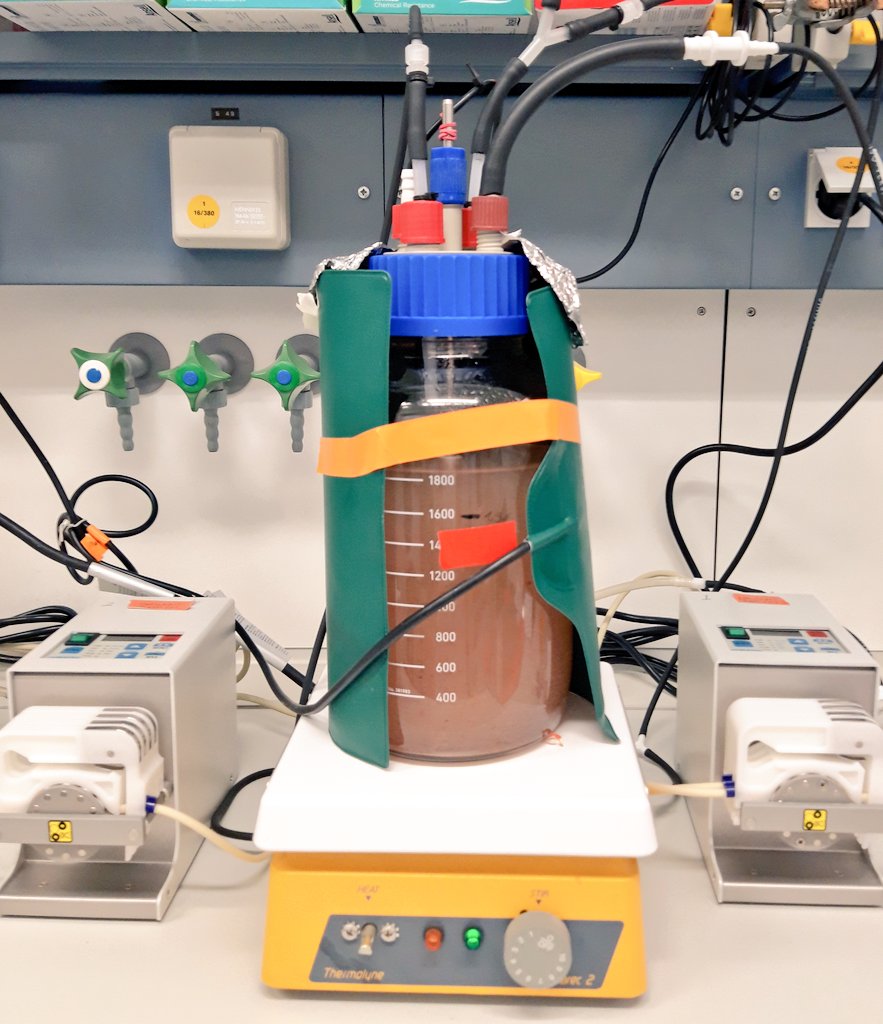Respimmox

|

|
Project Overview
| Name | UnRaveling the molEcular baSis Promoting Candidatus BrocadIa as the doMinant anamMOX genus in wastewater treatment plants |
|---|---|
| Acronym | RESPIMMOX |
| Period | 1st March 2021 – 28th February 2023 |
| Participating Departments | Environmental Biotechnology Department |
| Research fellow | Dr. Clara Reino-Sánchez |
| Funding | This project has received funding from the European Union’s Horizon 2020 research and innovation programme under the Marie Skłodowska-Curie grant agreement No 887923 |
Motivation and Overview
The finding of anammox bacteria brought up the possibility of achieving energy-self-sufficient wastewater treatment plants for nitrogen removal, but their widespread technological application is still under research. The lack of pure cultures, standard cultivation methods and comprehensive genetic data make the molecular research on anammox bacteria challenging, and there is a critical absence of molecular studies to understand how these bacteria make a living. One of the current challenges of anammox bacteria research is to understand niche differentiation, meaning how and why different anammox species find their unique ecological space. The overall objective of the RESPIMMOX project is to understand the biomolecular characteristics of anammox Candidatus Brocadia that trigger their niche differentiation as the main anammox genus present in wastewater treatment plants. The results from this proposal will entail a step forward for the understanding the dominance of Ca. Brocadia in bioreactors (key to improve their efficiency and stability) and will contribute to unravel the puzzle that anammox bacteria pose.
Specific Objectives
RESPIMMOX project aims to obtain biochemical evidence of the membrane-bound protein complexes involved in the electron transport chain of Ca. Brocadia-species, and to investigate the soluble yet-unidentified enzymes responsible of the nitrite reduction for these species. This project will be accomplished through three specific objectives: i) achievement of an anammox Brocadia-enriched culture with high cell concentrations; ii) training in biochemical methods to characterize respiratory complexes using the respiration with halogenated aromatic compounds as model; and iii) identification and characterization of the protein complexes involved in the anammox Ca. Brocadia energy metabolism.
Outcomes (ongoing section)
- Contribution to conferences:
Ding C., Reino C. and Adrian L. (2021). Cultivation of Dehalococcoides mccartyi strain CBDB1 in a continuous stirred tank reactor. Third International Conference on Anaerobic Biological Dehalogenation (DehaloCon III)
- Bachelor/Master’s Thesis:
Bachelor Thesis of B. Wensor, 2021: ‘Start-up and operation of a continuous stirred tank reactor performing stable anammox process with Candidatus Brocadia fulgida’
